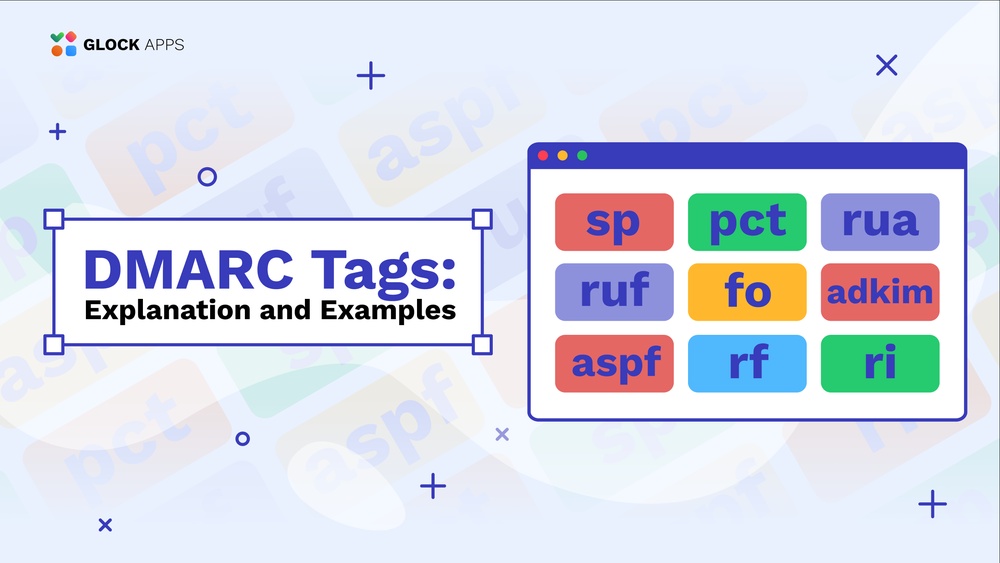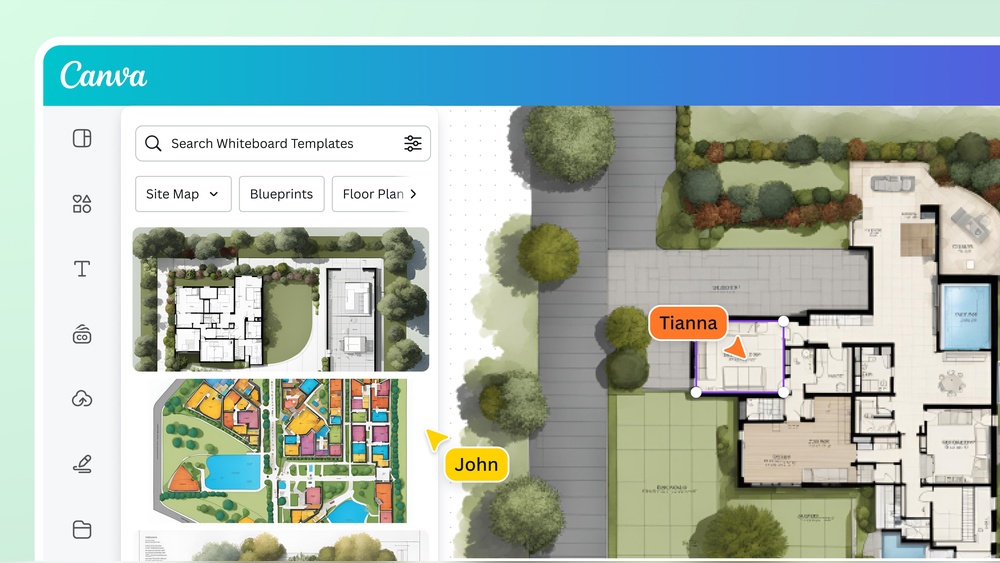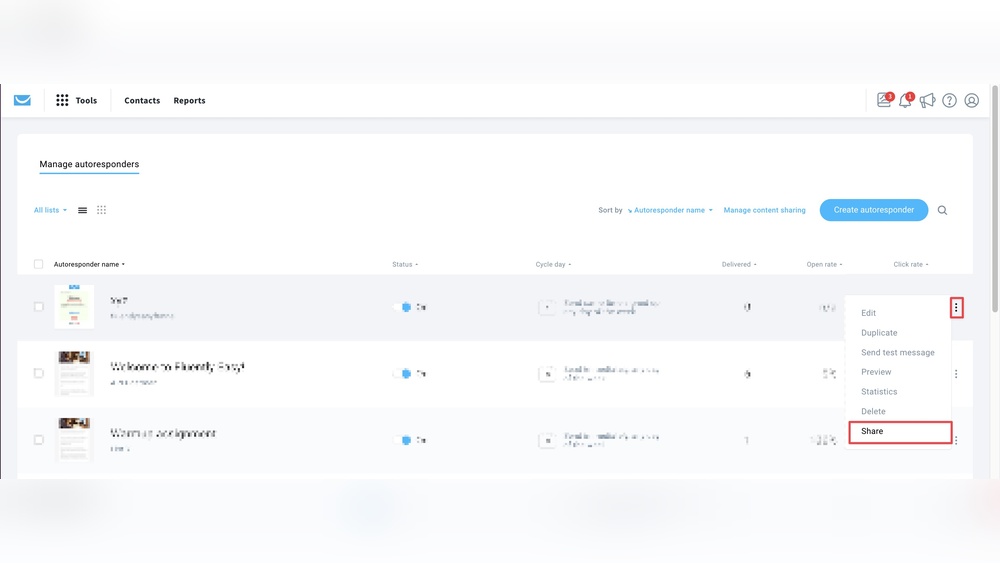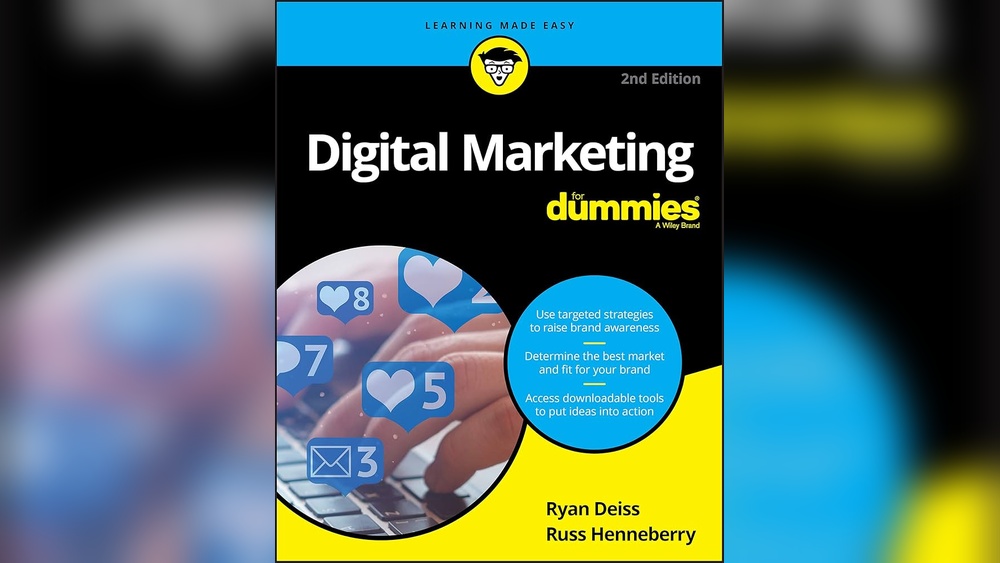Imagine you’ve just clicked on a link that promises to solve your biggest problem. The page you land on is not just a random webpage; it’s a landing page, designed with you in mind.
You might wonder, what makes this page so special? Why does it feel like it’s speaking directly to you? Understanding how a landing page works could unlock the door to higher conversions for your business or project. Landing pages are like the friendly salesperson who greets you at the store, ready to guide you to exactly what you need.
They’re crafted to capture your attention and lead you toward taking a specific action. But what’s the secret sauce that makes them work so effectively? We’ll dive into the mechanics of landing pages, revealing how they guide your decisions, influence your actions, and ultimately, help you achieve your goals. Stay with us as we uncover the strategies behind successful landing pages, and discover how you can harness their power to boost your results. Let’s explore why these seemingly simple pages are critical to online success and how they can work wonders for you.

Credit: blog.aweber.com
Purpose Of A Landing Page
A landing page has a clear goal. It helps to capture leads. This is done by collecting visitor information. Forms are often used for this. Visitors fill in their name and email. This data is very important. Businesses use it to reach potential customers. A good landing page makes this easy. It has simple forms and clear instructions. The easier it is, the more leads it captures.
The main job of a landing page is to drive conversions. It guides visitors to take action. This can be buying a product or signing up for a service. Clear calls to action are key. They tell visitors what to do next. A good landing page uses strong, compelling language. It shows why the action is important. The page is also designed to focus on one goal. This makes it effective at driving conversions.
Components Of A Landing Page
The headline is very important. It catches the visitor’s attention. Short and clear is best. Use simple words. Tell what the page is about. Be direct.
A call to action tells visitors what to do next. Click a button or fill a form. It must be clear. Use short phrases. Make it stand out.
Images and videos are visual elements. They make the page look nice. They show what the product is. Use high-quality pictures. Keep it simple. Don’t overcrowd.
The lead capture form collects visitor info. Like name or email. Make it easy to fill. Ask for few details. Keep it short and simple.
Types Of Landing Pages
Click-through pages are simple. They act as a bridge. The main goal is to encourage clicking. These pages lead visitors to another page. Usually, this page is a sales page or product page. Click-through pages have engaging visuals. They also use short, catchy phrases. The aim is to catch attention quickly. Clear, bold buttons guide users to click.
Lead generation pages collect information. They often have forms. Visitors fill out these forms. Information like names and emails is gathered. The goal is to get leads. These pages offer something valuable. A free guide or newsletter, for example. They build a connection with users. Trust is important here.
Sales pages focus on selling a product. They present product details clearly. Images and benefits are shown. These pages include testimonials. Customer reviews build trust. Bold call-to-action buttons encourage buying. The main aim is to convert visitors into customers. Simplicity and clarity are key.
Design Principles
A simple design helps users focus. Clear messages guide them. Too many elements confuse users. Less is more. Simple pages load faster. Fast loading keeps users happy. Users leave slow pages quickly. Keep it simple for better results.
Consistent design builds trust. Same fonts and colors matter. Users feel safe with familiar styles. Consistency helps navigation. Easy navigation keeps users engaged. They find information easily. Users stay longer on consistent pages.
Most users browse on phones. Mobile-friendly pages are crucial. Text should be readable on small screens. Buttons need to be easy to tap. Mobile pages load quickly. Quick loading prevents user frustration. Mobile optimization increases user visits.
Optimizing For Seo
Keywords are words people search. Use them wisely on your page. Place them in the title, headings, and text. Do not use too many. It should sound natural.
Meta tags help search engines understand your page. Include a meta title and meta description. Make them clear and relevant. They should contain your main keywords.
Page load speed is crucial for user experience. Fast loading pages keep visitors happy. Compress images to make them smaller. Use a good hosting service. This helps your page load quickly.

Credit: www.smartbugmedia.com
Analyzing Performance
A landing page captures visitor interest, guiding them toward a specific action. It highlights key offerings with clear, concise information. Effective design and content boost engagement, leading to better performance analysis.
Conversion Rate
Conversion rate shows how many visitors take action. Actions can be signing up or buying a product. A high conversion rate means the landing page works well. It attracts the right audience and makes them act. Improving this rate is key. It boosts business success.
Bounce Rate
Bounce rate measures visitors who leave without clicking anything. A high bounce rate is bad. It means visitors did not find what they wanted. Lowering bounce rate is important. It helps keep visitors engaged. Making content relevant can lower this rate.
A/b Testing
A/B testing compares two versions of a landing page. It helps find out which version performs better. Small changes can make big differences. Testing different headlines, images, or buttons is useful. Regular testing improves the page’s effectiveness over time.
Common Mistakes
Overloading information can confuse visitors. Keep text short and simple. Visitors want quick answers. Too much text can drive them away. Use bullet points for clarity. Make information easy to scan. Less is more.
Weak call to action affects conversions. Make it clear and urgent. Use simple words. Tell visitors what to do next. Use action words like “buy” or “subscribe”. Make it stand out on the page.
Ignoring mobile users is risky. Many people use phones for browsing. Pages should load fast on mobile. Text should be readable. Buttons should be easy to click. Mobile-friendly design boosts engagement. Don’t miss this group.
Future Trends
Landing pages will become more personalized. They will use data to show content that fits each user. This makes visitors feel special. Personalized pages can increase engagement and conversions. They will use names, locations, and past actions.
Interactive elements will be common. People will see quizzes, polls, and videos. These elements make pages more engaging. Visitors spend more time on pages. This helps with better user experience. Interactive pages help users learn more.
AI will play a big role. It will help in making smart choices. AI can analyze data fast. This will improve how pages look and work. AI can also help with chatbots. Chatbots answer questions quickly. They make landing pages more helpful.
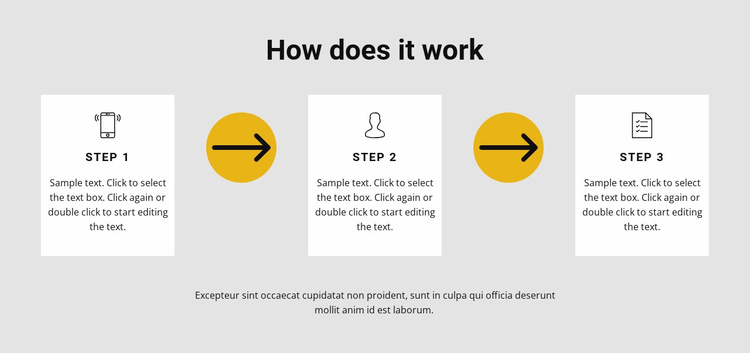
Credit: nicepage.com
Frequently Asked Questions
What Is The Difference Between A Website And A Landing Page?
A website is a collection of interconnected pages offering detailed information. A landing page is a single page focused on conversions. Websites provide broad content; landing pages target specific goals like lead capture or sales. Both serve distinct purposes in digital marketing strategies.
Do I Need A Website If I Have A Landing Page?
A landing page can suffice for specific campaigns, but a full website offers broader visibility and credibility. Websites provide comprehensive information, enhance SEO, and foster trust. While a landing page is useful, a website allows for ongoing engagement and growth.
Consider your goals and audience to decide what’s best.
What Is Required For A Landing Page?
A landing page requires a clear headline, engaging content, strong call-to-action, user-friendly design, and mobile responsiveness. Ensure fast loading speed, use high-quality images, and include testimonials or trust signals. Optimize for SEO with relevant keywords. Keep the layout clean and focus on converting visitors into leads or customers.
Do Landing Pages Cost Money?
Creating landing pages can cost money. Costs vary based on design, hosting, and tools used. Some platforms offer free options, but advanced features often require payment. Investing in professional design and optimization can enhance effectiveness and ROI.
Conclusion
Landing pages play a key role in online marketing. They guide visitors towards a specific action. This boosts conversions and meets business goals. Clear headlines and strong calls-to-action are crucial. They capture attention and direct behavior. Good design and focused content improve user experience.
This makes visitors stay longer and engage more. Testing and refining landing pages ensures ongoing improvement. Success depends on understanding audience needs and delivering value. Keep it simple and direct. The right landing page can greatly impact your online success.


